Climate action. It’s become important for individuals and communities to take action toward sustainability. By making simple lifestyle changes, we can collectively make a big impact on our planet.
In this article, you will learn the role of Individual and community for a sustainable lifestyle
Sustainable development goals adopted by all the United Nations states in 2015, Provide a blueprint for peace and prosperity for people and the planet.
17 sustainable development goals that need an urgent call to action by developed and developing countries.
The key focus is ending poverty and other deprivations with strategies to improve health and education, reduce inequality, and promote decent economic growth. While tackling climate change and working to preserve our oceans and forests.
Role of Individual and community for a sustainable lifestyle
Poverty, hunger, gender inequality, quality education, a lack of clean water and sanitation, land and ocean plastic waste problems, and life on land and water All these things cannot be overcome without individual and community effort. We will learn about the role of Individual and community for a sustainable lifestyle
Role of Individuals in a sustainable lifestyle
The role of Individual and community for a sustainable lifestyle is defined by the actions individuals take to promote sustainability in their daily lives.
Do you want to contribute to sustainable development goals? Individuals’ roles are essential to developing a sustainable future.
Sustainable growth involves decent economic, social, and environmental balance.
How to achieve sustainable development goals
- No Poverty
- The pandemic pushed many people into poverty. Many people have lost their jobs and businesses.
- Around 8% of people are in extreme poverty.
- As individuals, it is our responsibility to help each other. Donate what you don’t want to needy people.
- Donate food, books, toys, and furniture that you do not use.
- Create employment if possible.
- Many people do not get well paid for their work and do not support the type of business that pays low wages.
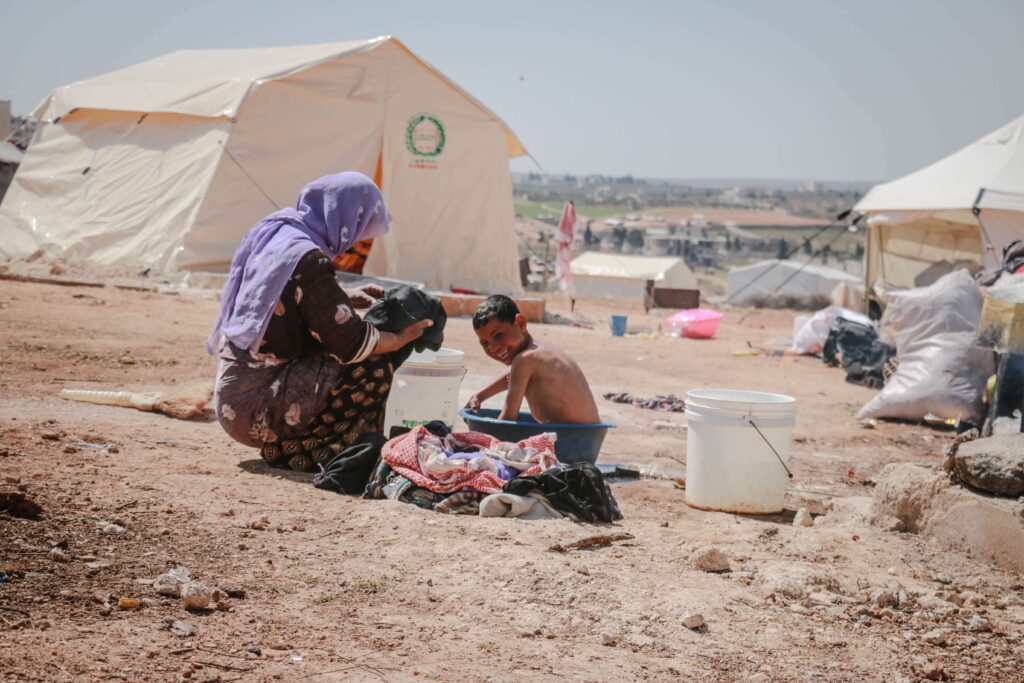
2. Zero hunger
- This aims to end hunger and malnutrition, achieve food security, and promote sustainable agriculture. According to the UN, 1 in 10 people in the world suffers from hunger, and 1 in 3 lack adequate food.
- Find the SDG for zero hunger and donate if possible.
- Donate leftover food to needy people.
- In the big event’s ceremonies, there will be leftover food donate to NGOs or people in need.
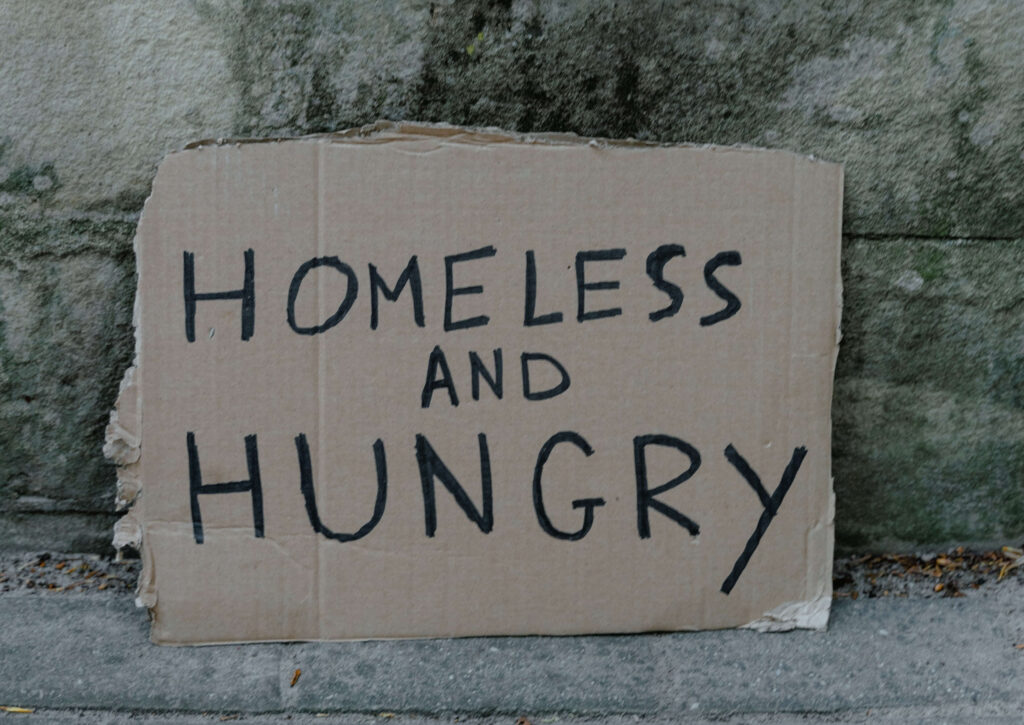
3. Quality Education
- This is the world of the digital era. This goal aims to provide education for all. Upgrading yourself by taking free online classes or going to universities.
- Donating books helps people who can’t afford them.
- Start online tutorials and educate people.
4. Create awareness
Many people are unaware of a sustainable lifestyle and why it is important. Start creating awareness through social media channels. Educate community members.
5. Don’t waste food
- Growing food takes effort from the farmers. Transportation and distribution produce carbon dioxide. Food waste contributes to 6% of global warming. Thrown food sits in landfills and produces methane.
- Buy consciously and don’t waste food.
- Compost organic waste. Donate leftover food for needy people and feed birds and animals; they will thank you.
- Wasting food means wasting all the efforts of the farmers, distributors, shops, etc.

6. Shop local products
By shopping locally you’re supporting local farmers and businesses which helps the local economy.
7. Eat less meat
Most of the agricultural land is used for raising farm animals, leading to deforestation, and the meat and dairy industries produce greenhouse gases. By eating less meat, you reduce your carbon footprint.
8. Race and gender equality
- Educate about gender equality and support against gender discrimination and racism. Women earn less money compared to men for the same work, and In workplaces, women get physical abuse.
- Raise your voices against physical abuse, harassment, and domestic violence.
- Help with household chores to reduce the burden on one person.
9. Decent work and economic growth
- Stay informed about workers’ rights.
- Do not support companies that pay low wages.
- Promote local and fair-trade businesses and local farmers.
10. Reduce, reuse, recycle, and refuse
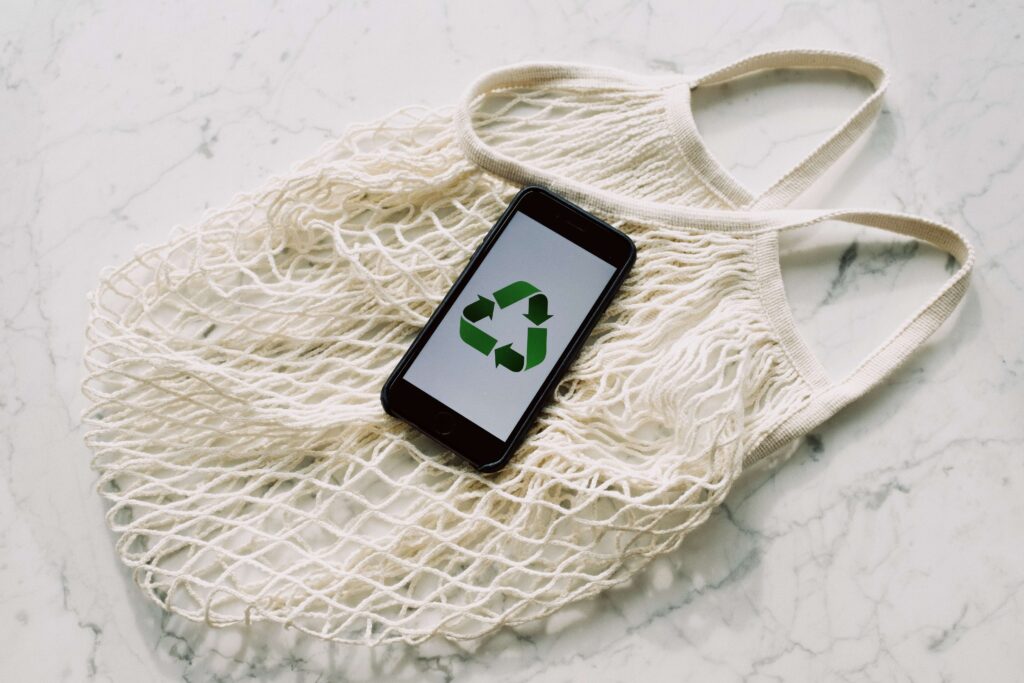
We throw so much plastic away every day; according to UNEP 400 million tons of plastic waste are generated every year.
10.1 Reduce:
- Reduce food waste and plastic waste. Try to buy plastic-free products.
- Say no to Single-use plastic bottles, cutlery, single-use plastic carry bags, plastic cups, and straws. Whenever you go out, keep a cloth bag and a reusable water bottle with you.
- Do not buy products with heavy packaging.
- Reduce energy consumption by switching off lights, fans, TVs, etc.
10.2 Reuse:
- Reuse whatever is possible. Find different ways to reuse things, giving them a second life.
- Reuse old clothes to make bath mats.
- Reuse plastic bottles for growing and watering plants. Use it as a bird feeder.
- Reuse food waste by composting and making bio-enzyme cleaners.
- Reuse carton boxes that come with online deliveries to store toys, books, etc.
10.3 Recycle:
- If you cannot reduce or reuse it, give it to recycling. Recycling reduces the use of natural resources.
- Think before you buy; not all types of plastic can be recycled.
- Plastic bottles, cardboard, newspaper, books, etc. can be recycled.
10.4 Refuse:
Refuse single-use plastics, straws, plastic cutlery, and unwanted promotional offers. While traveling, take a reusable water bottle. At the hotel, say no to small bottles of shampoo and body wash.
11. Industry, innovation, and infrastructure
- Support Building resilient and sustainable infrastructure.
- Invest in eco-friendly and energy-saving homes and offices.
12. Sustainable swaps for everyday use
Bamboo toothbrushes, shampoo bars, reusable coffee mugs, reusable cutlery, reusable coffee mugs, Reusable kitchen towels, food wraps (beeswax wrap), Cloth pads, menstrual cups, cloth diapers, etc. These are some examples we can swap, which will help our money and the environment.

13. Support sustainable fashion
- The fashion industry produces water and air pollution. It Requires a lot of resources like water, energy, and raw materials to make clothes. Choose wisely before buying any clothes.
- Choose sustainable and eco-friendly fabrics like organic cotton, bamboo, hemp, Tencel, etc.
- Ditch fast fashion, which is harming our environment. Fast fashion generates a lot of waste. Adapt slow and sustainable fashion.
14. Reducing energy consumption
Switch off the TV, lights, fan, and AC whenever you’re not using them. According to the EPA, 60% of electricity comes from burning fossil fuels. Which is the second largest contributor to greenhouse gas emissions. Switching to renewable energy resources such as wind and solar reduces carbon emissions.
15. Using public transportation
- Transportation is the largest contributor to greenhouse gas emissions.
- Use public transportation like buses, trains, and air travel to offset individual carbon footprints. Whenever possible, try walking or riding a bicycle to the nearest locations.

16. Reduce water wastage
Take short showers, use water consciously while brushing and washing dishes, and reduce wasting water.
17. Renewable energy resources
Support and use renewable energy resources like solar and wind power.
18. Supporting eco-friendly and sustainable products and businesses
- Choosing sustainable and eco-friendly products to help businesses adopt sustainable practices Use materials like bamboo, recycled materials, renewable energy resources, etc.
- Doing this creates more demand for sustainable products and encourages sustainable businesses.

19. Creating employment
If possible, create employment. It helps unemployed people to help their families.
20. Life on land
- Reduce paper waste; instead, go paperless. Paper production causes deforestation. Ditch the tissue and use reusable hand towels.
- Join community clean-up projects.
- Plant trees.
- Compost organic waste.
- Raise your voice against animal cruelty and shop for cruelty-free and vegan-certified products.
- Reduce single-use products, reduce waste, throw less, eat less meat, and live a sustainable life.
21. Life below water
- Reduce waste as much as possible. The amount of waste we produce ends up in landfills and sits there for hundreds of years, and some ends up in oceans, harming marine life.
- Plastic is the main cause of ocean pollution.
- Involvement in river and ocean cleanup projects.
- Buy fishes from sustainable fisheries.
22. Promote peace and justice
This goal aims to promote peace, inclusive societies, and justice for all.
These are some of the individual contributions that help in a sustainable future.
Role of Community in sustainable development
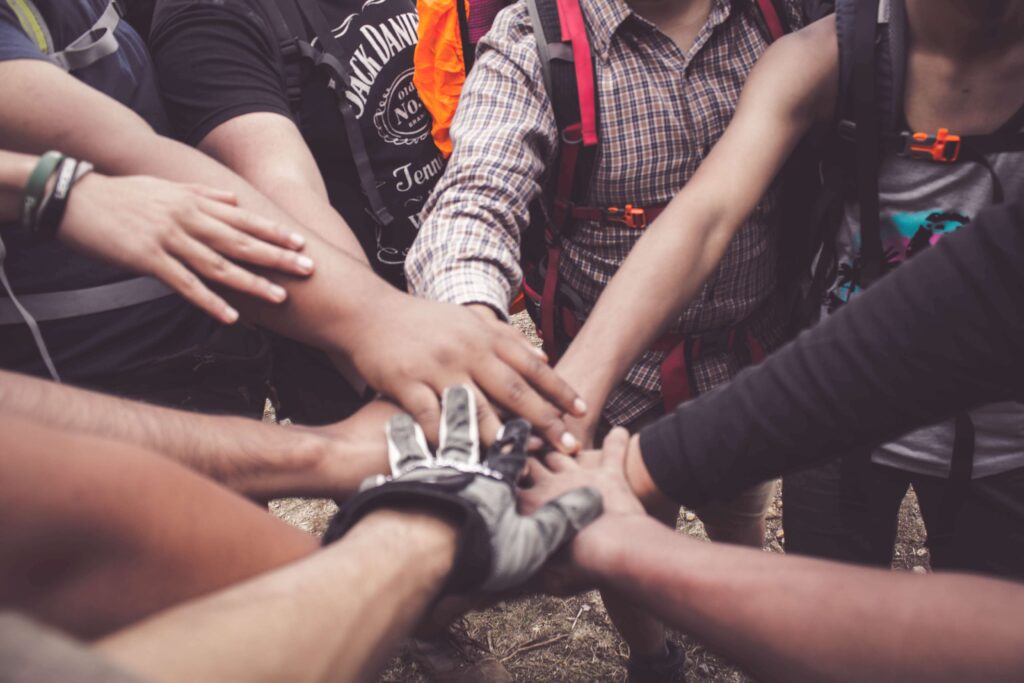
The role of Community involvement is crucial in sustainable development. Each individual and community need to understand what is sustainable development and why it is important by educating each other in schools, organizations, and communities.
Sustainable development aims to meet individual needs without compromising the ability to meet the needs of future generations.
Communities will get directly affected by the development projects, and their participation is crucial to ensure these developmental goals meet their needs.
How can communities involve in sustainable development goals?
- Run a campaign:
Say no to single-use plastic items


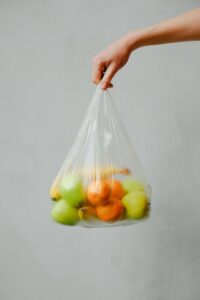

2. Support each other businesses in communities
Shopping with local community members can help the local economy and employment.
3. Start community clean-up drives
Start organizing clean-up drives. Volunteer to clean rivers, oceans, and land. Make a community and start cleaning.
4. Educate and create awareness among the community
Create awareness by educating each other in the community, organizations, and schools.
5. Promote gender equality
Help women raise their voices against abuse and harassment.
6. Supporting local farmers
Support local farmers, shops, businesses, and communities that are helping in the circular economy.
7. Save natural resources
Our natural resources are getting contaminated and overused. There is a lack of quality air and clean water. We are constantly polluting our natural resources. Support plastic-free and eco-friendly products.
By supporting organic farming, we can reduce soil pollution.
8. Community composting and recycling
We cannot recycle everything we use. Mindful while choosing products. Set up community compost bins for gardening in community areas.
9. Promote renewable energy resources
The enormous amount of CO2 emitted while producing electricity Solar and wind are renewable energy resources, and by supporting clean energy, we can reduce carbon emissions.
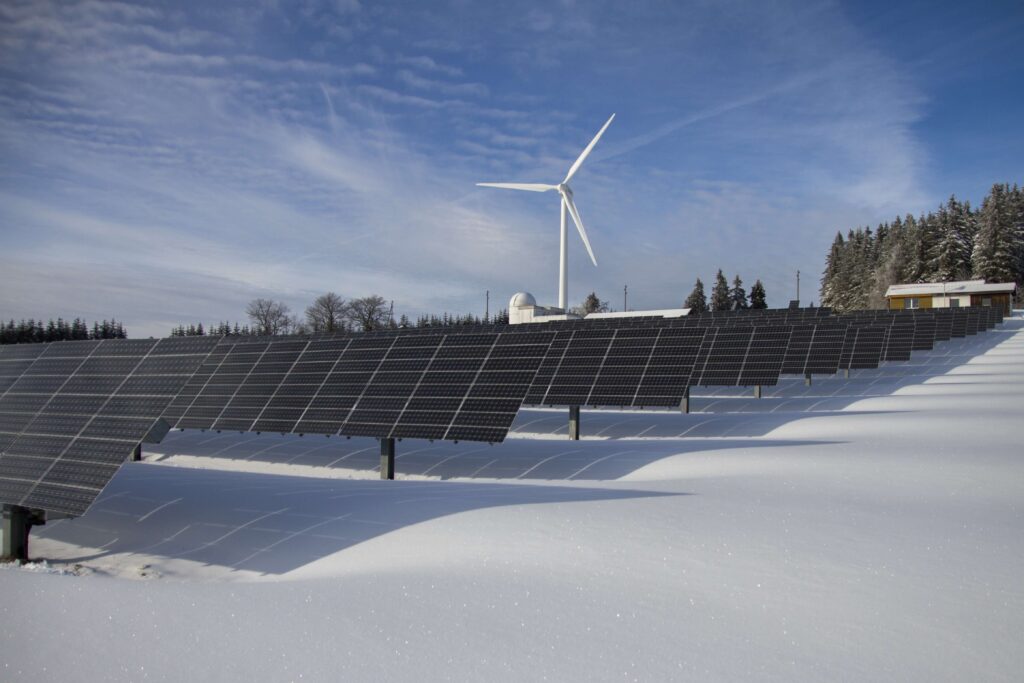
10. Plant trees
Plant as many trees as possible. Deforestation is leading to climate.
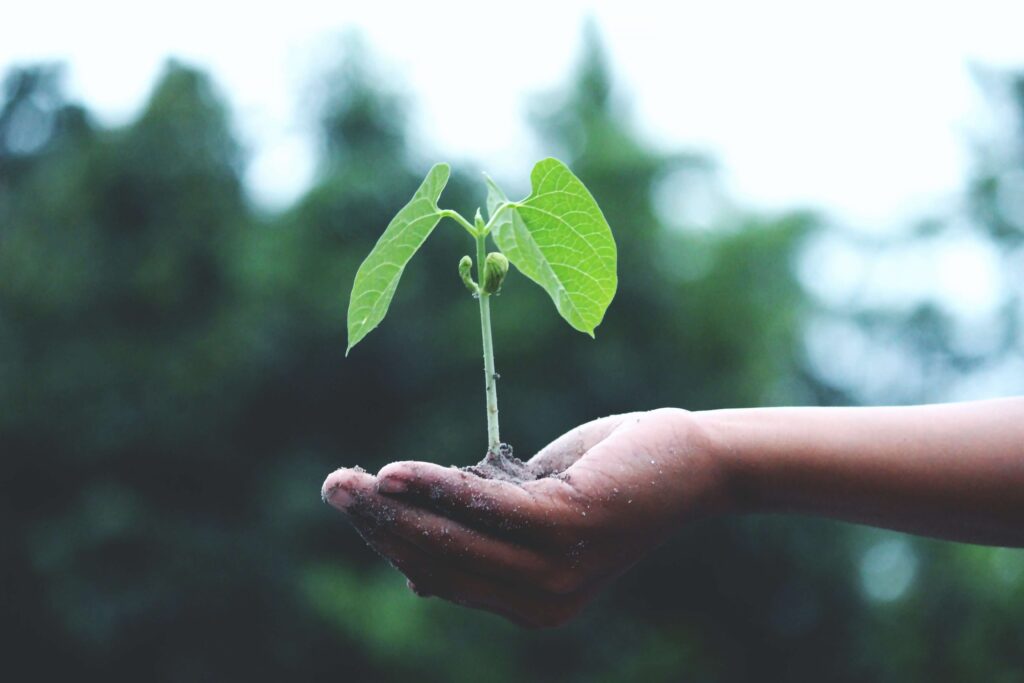
12. Health and sanitation
- Lakes and ponds are getting contaminated with chemicals, pesticides, and plastics. There is a lack of clean water, and many people are suffering due to water scarcity.
- According to the UNDP, in 2015, 4.5 billion people lacked safe sanitation.
- Involve communities to identify risks associated with poor sanitation. Encourage them to take action to address these issues.
- Such as building toilets, frequently handwashing, and improving waste management.
- We need to protect our natural resources and educate each other on clean water and sanitation.
- There are many ways that we can contribute to sustainable development.
- Join local communities, organizations, and environmental working groups working on sustainable issues.
- Volunteer in coastal clean-ups, community clean-ups, river cleaning, lake cleaning, and planting trees.
Final words.
As an individual and communities, we are responsible for our actions. You might be thinking what will change if I alone start practicing sustainability?
Yes, it makes a big impact on our planet. Some people may get inspired by you and start following the same, it’s our responsibility to save nature. Each individual and community together can create a sustainable future for all.
We must create awareness of sustainability. By sharing sustainability practices and encouraging each other to adopt a sustainable lifestyle. Educating how it impacts the planet.
Try sharing information on social media, and community events.
Inspire others to take action, individuals can create a sustainable future.
This is how the role of Individual and community for a sustainable lifestyle helps build a sustainable future for all.
Sustainable meaning
The ability to meet the needs of the present without compromising the ability of future generations to meet their own needs.
What is a sustainable lifestyle?
Living a sustainable lifestyle aims in reducing the use of the earth’s natural resources, by making the right choices for a better tomorrow.
How many sustainable goals are there?

There are 17 sustainable goals are there.
1. No Poverty
2. Zero hunger
3. Good health and well being
4. Quality Education
5. Gender equality
6. Clean water and sanitation
7. Affordable and clean energy
8. Decent work and economic growth
9. Industry, innovation, and infrastructure
10. Deduced inequalities
11. Sustainable cities and communities
12. Responsible consumption and production
13. Climate action
14. Life below water
15. Life on land
16. Peace, justice, and strong institutions
17. Partnerships for the goals
The Importance of Individual and Community Action for Sustainable Living
Some simple steps you can start today such as reducing energy consumption, using public transportation, shopping locally, reducing plastic waste, eating less meat, creating awareness, and using reusable bags, and water bottles.
Implementing community clean up, composting, and recycling. By working together, we can create a better environment.
Am Jeenath is an engineer in biotech with a diploma in clinical research. I am the mother of a son. And I love helping people live sustainably. I educate people on sustainable living and share sustainability tips, ideas, brands, and DIYs.

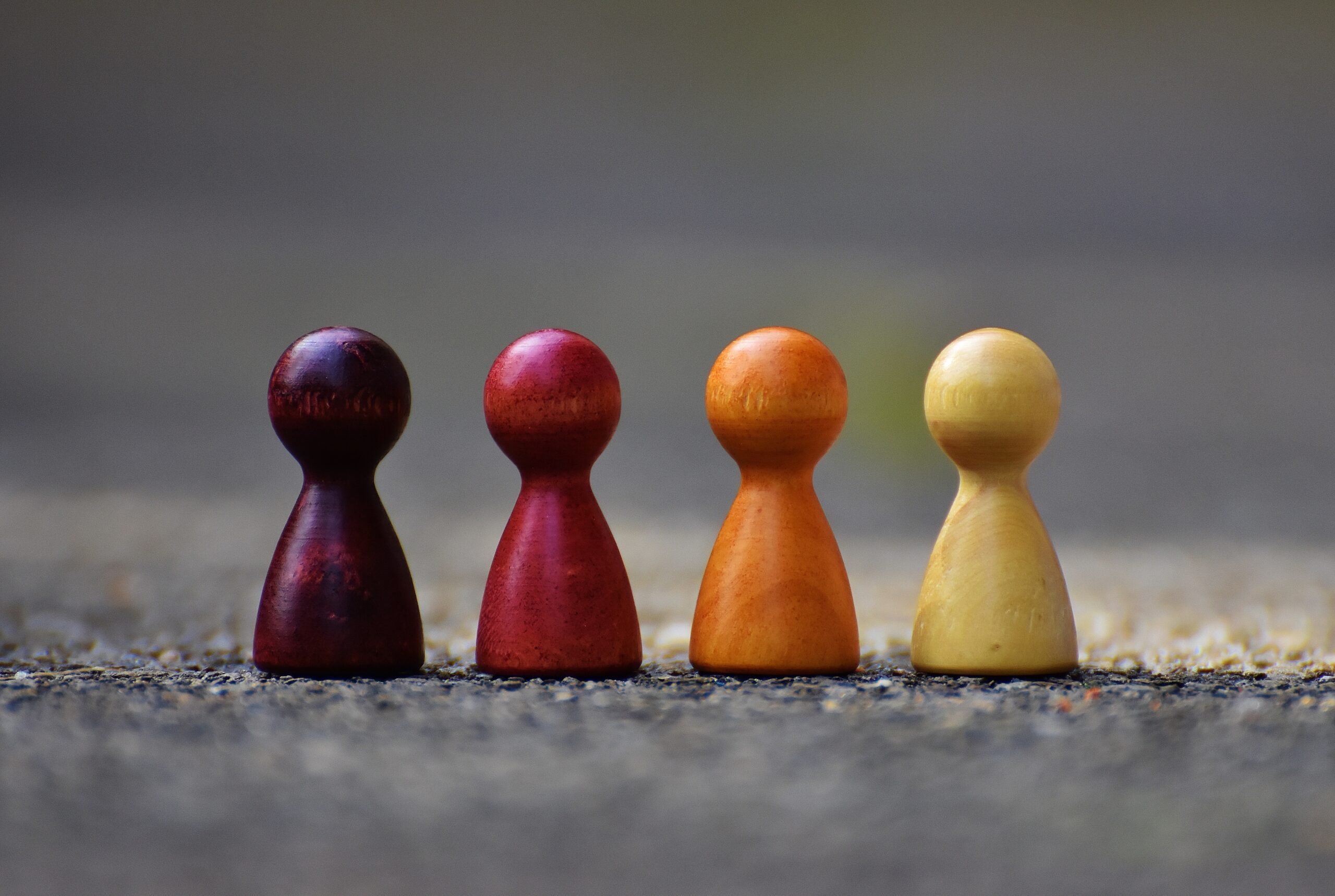
I Appreciate You For Promoting These Products
Awesome! Its genuinely remarkable post, I have got much clear idea regarding from this post
I truly appreciate your technique of writing a blog. I added it to my bookmark site list and will
Can you be more specific about the content of your article? After reading it, I still have some doubts. Hope you can help me.
Your article helped me a lot, is there any more related content? Thanks!